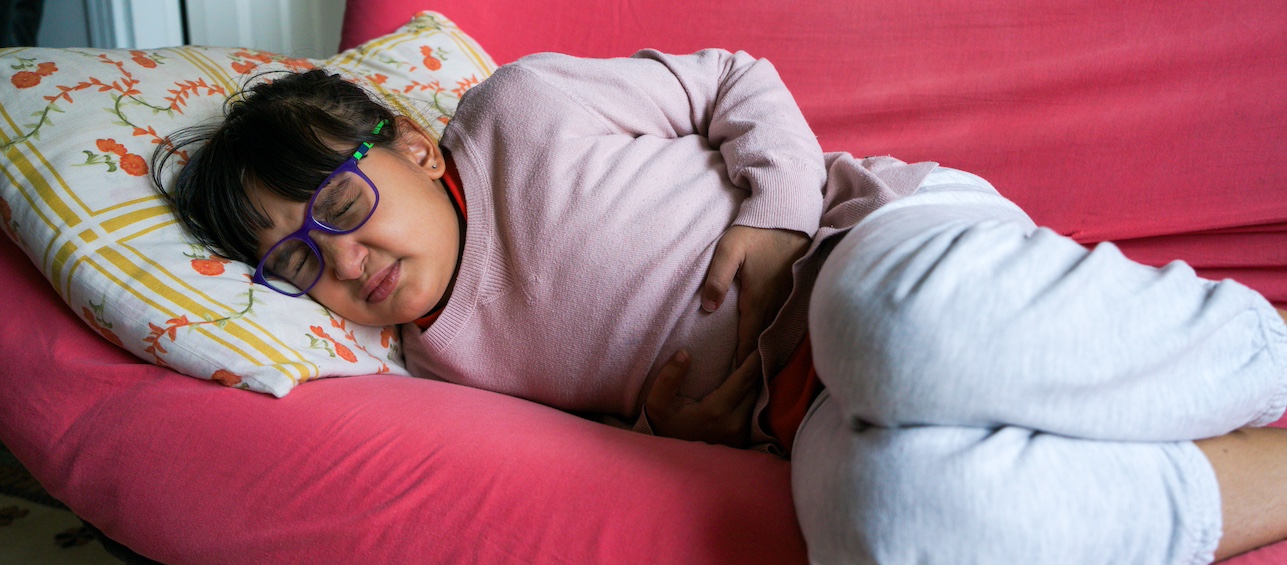 Recently we shared with you the story of Jenna Weber, a teenager treated at the Headache Center at Cincinnati Children’s for chronic migraines.
Recently we shared with you the story of Jenna Weber, a teenager treated at the Headache Center at Cincinnati Children’s for chronic migraines.
Migraine sufferers like Jenna may soon be able to use a new mobile phone app to help them track the triggers, duration, intensity and other relevant information that can be used to aid doctors in finding the best treatment for these debilitating headaches.
Results of the mobile phone application study are among many timely research findings concerning headache, migraine, and brain injuries being presented this week at the 54th Annual Scientific Sessions of the American Headache Society.
Brandon S. Aylward, PhD, at Cincinnati Children’s Hospital Medical Center, was the co-principal investigator of the study.
“This study was designed to determine if an electronic headache diary accessed via an app on an iPod Touch device would help teens monitor and report headache severity, characteristics, and duration. Information about disability, mood, stress, and functioning and adherence to medication regimens and healthy lifestyle behaviors is captured,” says Aylward.
Teens using the app iMigraine, an iOS® application, were able to effectively monitor and assess their pain and functioning on a fixed-based interval for 45 consecutive days using an iPod Touch®. Data was sent over a wireless internet connection to a data management center to allow for real-time review of symptoms and behaviors.
“We believe this approach is a useful aid in the development and implementation of effective and sustainable interventions for adolescents with migraine,” Aylward adds. The app provides a more accurate detailed picture compared to traditional paper diaries.
According to the American Migraine Foundation, nearly 10% of 17-year old girls and 4% of boys in the U.S. suffer with migraines and there is evidence that a migraine and its accompanying pain and symptoms are often unreported by kids and unrecognized by parents and teachers.
“Frequent headaches are among the most common childhood health complaints,” says Andrew Hershey, MD, PhD, director of the Headache Center at Cincinnati Children’s. But headaches are one of the most commonly under-recognized health problems.
“Headaches just aren’t headaches,” Hershey says. “There’s a problem that’s underlying it.”
Every patient who comes to the Headache Center sees a neurologist and a psychologist who determine the underlying headache disorder and how to treat it. “Medication, coping techniques and psychological interventions can all play a role in treatment so kids don’t have to suffer,” Hershey says.
Read the complete press release about this study in our online newsroom.
Make an appointment
If your child is suffering from chronic headaches, your pediatrician can refer you to the Headache Center at Cincinnati Children’s. For more information, call 513-636-4222 or visit our website.




